Borage gardening for beginners can feel a little daunting, I know! But trust me, even if you’ve never wielded a trowel before, you can successfully grow this beautiful and beneficial herb. Have you ever dreamed of a garden bursting with vibrant blue, star-shaped flowers that attract pollinators like bees and butterflies? That’s the magic of borage! For centuries, borage has been cherished not only for its beauty but also for its medicinal and culinary uses. From ancient Roman soldiers using it to boost courage to medieval herbalists employing it for various ailments, borage boasts a rich history.
But why should you, a modern-day gardener, bother with borage? Well, beyond its historical significance, borage is an incredibly useful addition to any garden. It’s a fantastic companion plant, improving the health of nearby vegetables and deterring pests. Plus, its edible flowers and leaves add a unique touch to salads and other dishes. Many people struggle with attracting pollinators to their gardens or dealing with common garden pests. Borage gardening for beginners offers a simple, natural solution to these problems. In this article, I’m going to share some easy-to-follow DIY tricks and hacks that will have you growing borage like a pro in no time, even if you’re a complete newbie!
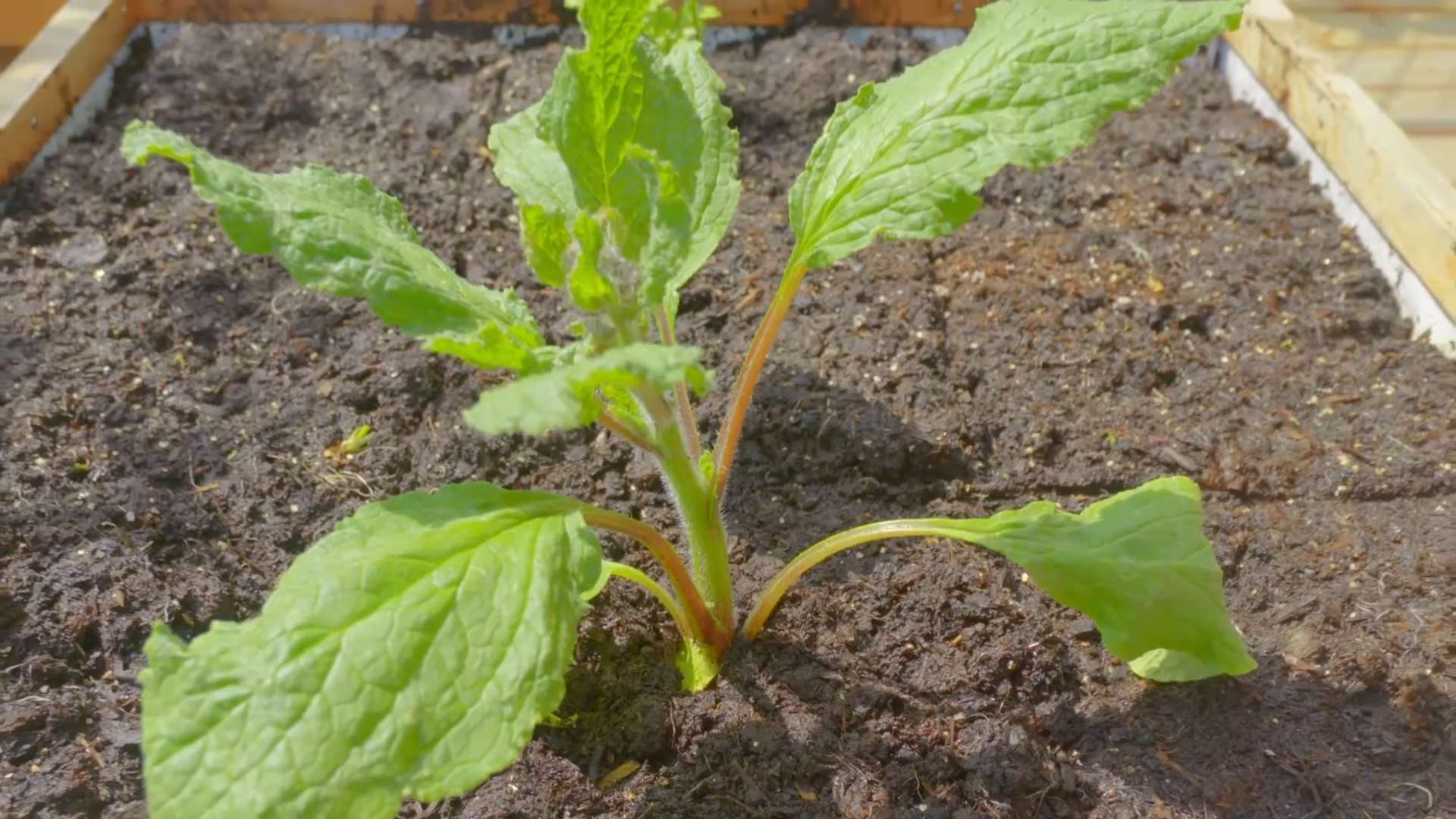
Growing Borage: A Beginner’s Guide to This Bee-Loving Herb
Hey there, fellow gardening enthusiasts! I’m so excited to share my experience with growing borage. It’s a fantastic herb, not only beautiful with its vibrant blue flowers but also incredibly beneficial for your garden and even edible! Don’t be intimidated; it’s surprisingly easy to grow, even if you’re a complete beginner. Let’s dive in!
What is Borage and Why Grow It?
Borage (Borago officinalis), also known as starflower, is an annual herb that’s native to the Mediterranean region. It’s characterized by its hairy leaves and stunning, bright blue, star-shaped flowers. But why should you grow it?
* Attracts Pollinators: Borage is a bee magnet! Its nectar-rich flowers attract bees, butterflies, and other beneficial insects to your garden, helping to pollinate your other plants.
* Improves Soil: Borage is a dynamic accumulator, meaning its deep roots draw nutrients from the soil and store them in its leaves. When the plant dies back or is composted, these nutrients are released back into the soil, enriching it for other plants.
* Edible Flowers and Leaves: The flowers have a mild cucumber-like flavor and can be used in salads, drinks, and as a garnish. The young leaves can also be eaten, but they are a bit hairy, so it’s best to use them sparingly in salads or cooked like spinach.
* Natural Pest Repellent: Some gardeners believe that borage can repel certain pests, such as tomato hornworms and cabbage moths.
* Beautiful Addition to Your Garden: Let’s face it, those blue flowers are just gorgeous! They add a touch of whimsy and beauty to any garden.
Getting Started: Planting Borage
Borage is relatively easy to start from seed, and it prefers to be directly sown into the garden. Here’s how I do it:
1. Choose the Right Time: Borage prefers cooler weather, so the best time to plant it is in early spring after the last frost or in late summer for a fall crop. I usually aim for about 2-3 weeks before the last expected frost in spring.
2. Select a Sunny Location: Borage thrives in full sun, but it can tolerate partial shade, especially in hotter climates. Choose a spot in your garden that gets at least 6 hours of sunlight per day.
3. Prepare the Soil: Borage isn’t too picky about soil, but it does prefer well-drained soil. Before planting, loosen the soil with a garden fork or tiller and amend it with compost or other organic matter to improve drainage and fertility. I like to add a good amount of compost to give it a good start.
4. Sow the Seeds: Borage seeds are relatively large and easy to handle. Sow the seeds directly into the soil, about 1/2 inch deep and 6-12 inches apart. You can sow them in rows or scatter them randomly for a more natural look. I usually opt for rows to keep things organized.
5. Water Gently: After sowing the seeds, water the soil gently to keep it moist but not waterlogged. I use a watering can with a rose head to avoid disturbing the seeds.
6. Germination: Borage seeds typically germinate in 7-14 days, depending on the temperature and moisture levels. Keep the soil consistently moist during this time.
7. Thin Seedlings (If Necessary): Once the seedlings emerge, thin them out to 12-18 inches apart if they are too crowded. This will give them enough space to grow and prevent overcrowding. I know it’s hard to thin out plants, but it’s crucial for their health!
Caring for Your Borage Plants
Once your borage plants are established, they are relatively low-maintenance. Here’s what you need to do to keep them happy and healthy:
1. Watering: Borage prefers consistently moist soil, especially during hot, dry weather. Water deeply whenever the top inch of soil feels dry to the touch. Avoid overwatering, as this can lead to root rot. I usually check the soil moisture every day or two, especially during the summer months.
2. Fertilizing: Borage doesn’t require a lot of fertilizer, but a light feeding of compost tea or a balanced organic fertilizer every few weeks can help to promote healthy growth and flowering. I like to use compost tea because it’s gentle and provides a slow-release of nutrients.
3. Deadheading: To encourage continuous flowering, deadhead the spent flowers regularly. This will prevent the plant from going to seed too quickly and will keep it producing more blooms. I usually deadhead my borage plants every few days.
4. Pest and Disease Control: Borage is generally resistant to pests and diseases, but it can occasionally be affected by aphids or powdery mildew. If you notice any pests, you can try spraying them with insecticidal soap or neem oil. For powdery mildew, improve air circulation around the plants and avoid overhead watering. I’ve found that a strong blast of water from the hose can often dislodge aphids.
5. Support (Optional): Borage plants can sometimes become leggy and flop over, especially if they are grown in a windy location. If this happens, you can provide them with some support by staking them or using a tomato cage. I usually don’t bother with support unless the plants are really struggling.
6. Self-Seeding: Borage is a prolific self-seeder, so if you don’t want it to spread throughout your garden, be sure to deadhead the flowers before they go to seed. Alternatively, you can allow it to self-seed in a designated area of your garden. I personally love that it self-seeds, as I always have new plants coming up!
Harvesting and Using Borage
Harvesting borage is easy and rewarding! Here’s how to do it:
1. Harvesting Flowers: The flowers are best harvested in the morning, after the dew has dried. Simply snip them off the plant with scissors or your fingers. They are most flavorful when they are freshly opened.
2. Harvesting Leaves: The young leaves are best harvested before the plant flowers. They can be snipped off the plant with scissors or your fingers. The older leaves are more hairy and can be a bit tough, so it’s best to use them sparingly or cook them.
3. Using the Flowers: Borage flowers have a mild cucumber-like flavor and can be used in a variety of ways. You can add them to salads, drinks, and as a garnish. They are also beautiful when frozen in ice cubes. I love adding them to lemonade or iced tea for a refreshing summer drink.
4. Using the Leaves: The young leaves can be used in salads, but they are a bit hairy, so it’s best to use them sparingly. They can also be cooked like spinach. I like to add them to soups or stews for a subtle flavor.
5. Drying Borage: You can also dry borage flowers and leaves for later use. To dry them, spread them out on a screen or tray in a cool, dry place. Once they are completely dry, store them in an airtight container. I usually dry my borage flowers and leaves in a dehydrator for faster results.
Troubleshooting Common Borage Problems
Even though borage is relatively easy to grow, you might encounter a few problems along the way. Here are some common issues and how to address them:
* Leggy Plants: If your borage plants are becoming leggy and floppy, it could be due to insufficient sunlight or overcrowding. Make sure they are getting at least 6 hours of sunlight per day and thin them out if they are too crowded.
* Yellowing Leaves: Yellowing leaves can be a sign of overwatering or nutrient deficiency. Make sure the soil is well-drained and avoid overwatering. You can also try fertilizing the plants with compost tea or a balanced organic fertilizer.
* Powdery Mildew: Powdery mildew is a fungal disease that can affect borage plants, especially in humid conditions. Improve air circulation around the plants and avoid overhead watering. You can also try spraying them with a fungicide.
* Aphids: Aphids are small, sap-sucking insects that can infest borage plants. They can be controlled with insecticidal soap or neem oil.
Borage Varieties
While the common borage (Borago officinalis) is the most widely grown variety, there are a few other options you might want to consider:
* Alba: This variety produces white flowers instead of the traditional blue. It has the same flavor and uses as the common borage.
* Variegata: This variety has variegated leaves with white or yellow markings. It’s a beautiful addition to any garden.
Final Thoughts
Growing borage is a rewarding experience that will benefit your garden in many ways. From attracting pollinators to improving soil health, this versatile
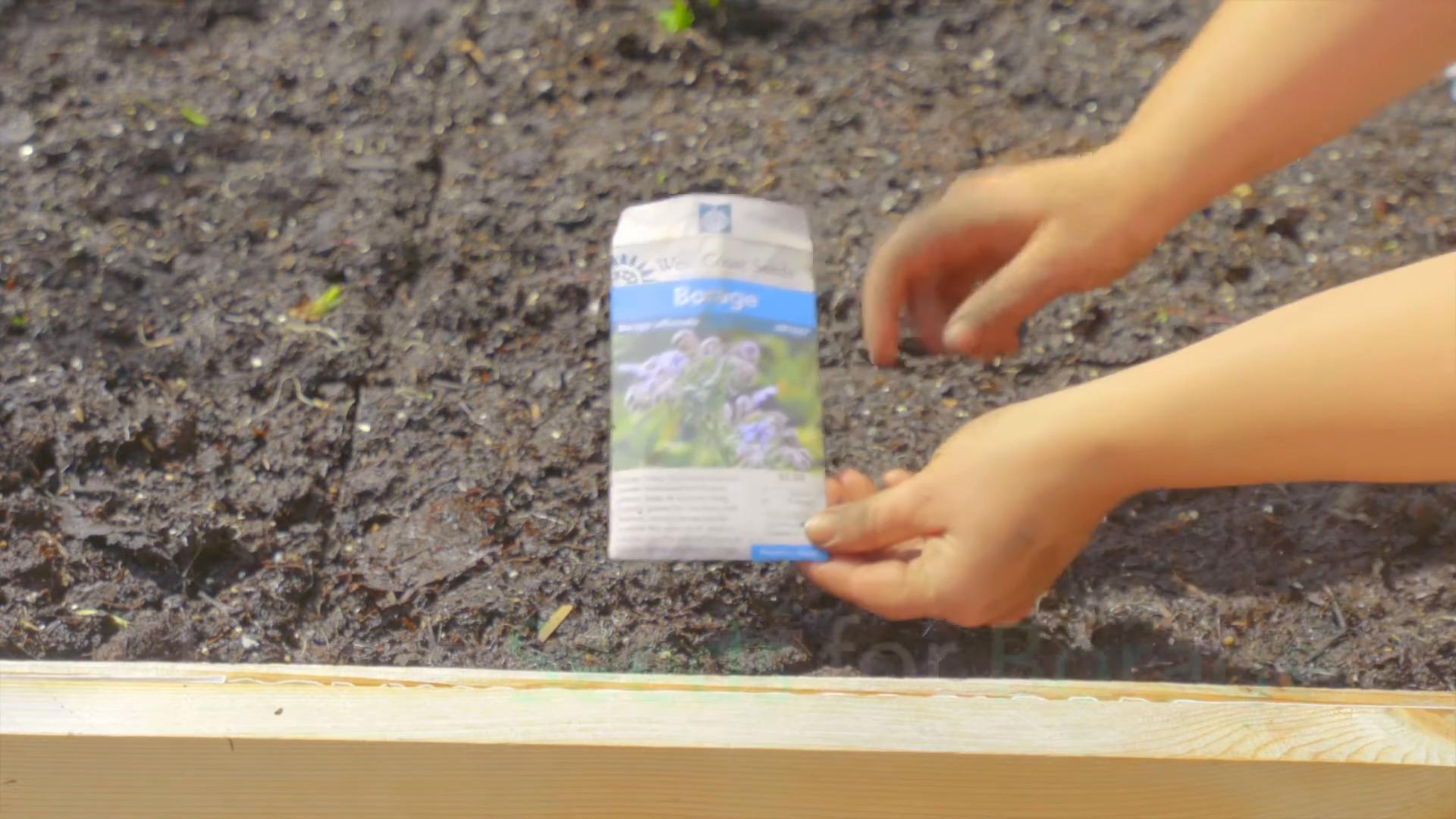
Conclusion
So, there you have it! Mastering the art of borage gardening, even as a beginner, is entirely within your reach. This isn’t just about adding another plant to your garden; it’s about unlocking a world of culinary possibilities, attracting beneficial pollinators, and enjoying the vibrant beauty of those star-shaped blue flowers. The DIY tricks we’ve explored are designed to simplify the process, making it accessible and enjoyable for everyone, regardless of their gardening experience.
Why is this a must-try? Because growing your own borage offers a freshness and control over your ingredients that you simply can’t replicate with store-bought options. Imagine adding freshly picked borage leaves to your salads, knowing exactly where they came from and how they were grown. Think of the delight in using borage flowers to garnish your drinks or even crystallize them for a unique and edible decoration. Beyond the culinary benefits, borage is a fantastic companion plant, attracting bees and other pollinators to your garden, which in turn benefits all your other plants. It’s a win-win situation!
But don’t stop there! Feel free to experiment with different varieties of borage. While the common blue-flowered borage is the most widely known, you can also find white-flowered varieties, offering a subtle variation in color and flavor. Consider planting borage in different locations in your garden to see where it thrives best. Some gardeners have success planting it near strawberries to deter pests, while others find it does well near tomatoes.
Another variation to consider is the method of propagation. While we focused on direct sowing, you can also start borage seeds indoors a few weeks before the last frost. This can give you a head start on the growing season, especially in colder climates. Just be sure to transplant them carefully, as borage doesn’t always appreciate being moved.
And remember, borage is a self-seeding plant, so be prepared for it to pop up in unexpected places the following year. Some gardeners see this as a bonus, while others prefer to deadhead the flowers to prevent it from spreading too much.
Ultimately, the best way to learn is by doing. So, grab some borage seeds, follow our simple DIY tricks, and get your hands dirty! We’re confident that you’ll be amazed at how easy and rewarding it is to grow your own borage.
We encourage you to try these borage gardening tips and share your experiences with us! Let us know what worked for you, what challenges you faced, and any other tips you’ve discovered along the way. Your feedback will not only help us improve our advice but also inspire other beginner gardeners to embark on their own borage-growing adventures. Share your photos, recipes, and stories on our social media channels using #BorageBeginners and let’s create a community of borage enthusiasts! Happy gardening!
Frequently Asked Questions (FAQ)
What exactly is borage and why should I grow it?
Borage (Borago officinalis) is an annual herb known for its vibrant blue, star-shaped flowers and edible leaves. It’s a fantastic addition to any garden for several reasons. First, it’s incredibly easy to grow, even for beginners. Second, it attracts beneficial pollinators like bees, which are crucial for a healthy garden ecosystem. Third, both the leaves and flowers are edible, offering a unique cucumber-like flavor to salads, drinks, and other dishes. Finally, borage is a companion plant that can help deter pests and improve the soil.
When is the best time to plant borage seeds?
The best time to plant borage seeds is in the spring, after the last frost. You can also plant them in late summer for a fall harvest, especially in warmer climates. Borage prefers cooler temperatures, so avoid planting during the hottest months of the year. If you live in a region with mild winters, you might even be able to grow borage year-round.
How do I prepare the soil for planting borage?
Borage isn’t particularly fussy about soil, but it does prefer well-drained soil that is rich in organic matter. Before planting, amend the soil with compost or well-rotted manure to improve its fertility and drainage. Borage can tolerate slightly acidic to neutral soil pH.
How deep should I plant borage seeds?
Plant borage seeds about 1/2 inch deep and space them about 6-12 inches apart. You can sow them directly into the garden or start them indoors a few weeks before the last frost. If starting indoors, be gentle when transplanting, as borage doesn’t always like being moved.
How much sunlight does borage need?
Borage thrives in full sun, but it can also tolerate partial shade, especially in hotter climates. Aim for at least 6 hours of sunlight per day for optimal growth and flowering.
How often should I water borage?
Water borage regularly, especially during dry periods. Keep the soil consistently moist, but avoid overwatering, which can lead to root rot. A good rule of thumb is to water deeply when the top inch of soil feels dry to the touch.
Does borage need fertilizer?
Borage doesn’t require heavy fertilization. However, you can give it a boost by side-dressing with compost or a balanced organic fertilizer a few weeks after planting. Avoid using fertilizers that are high in nitrogen, as this can promote excessive leaf growth at the expense of flowering.
How do I harvest borage leaves and flowers?
You can harvest borage leaves and flowers throughout the growing season. Pick the young, tender leaves for the best flavor. The flowers are also edible and can be used as a garnish or added to salads and drinks. Harvest the flowers when they are fully open and brightly colored.
How do I prevent borage from self-seeding too much?
Borage is a prolific self-seeder, so if you don’t want it to spread too much, deadhead the flowers regularly. This means removing the spent flowers before they have a chance to form seeds. You can also collect the seeds and save them for planting next year.
Are there any pests or diseases that affect borage?
Borage is generally pest and disease resistant. However, it can sometimes be affected by aphids or powdery mildew. Aphids can be controlled with insecticidal soap or by attracting beneficial insects like ladybugs. Powdery mildew can be prevented by ensuring good air circulation and avoiding overhead watering.
Can I grow borage in containers?
Yes, borage can be grown in containers. Choose a pot that is at least 12 inches in diameter and fill it with well-draining potting mix. Be sure to water regularly and fertilize occasionally.
Is borage safe to eat?
Yes, borage leaves and flowers are generally safe to eat in moderation. However, they do contain small amounts of pyrrolizidine alkaloids (PAs), which can be harmful to the liver if consumed in large quantities over a long period of time. Pregnant and breastfeeding women should avoid consuming borage.
What are some creative ways to use borage in cooking?
Borage leaves can be used in salads, soups, and stews. They have a mild cucumber-like flavor that pairs well with other herbs and vegetables. Borage flowers can be used as a garnish for drinks, salads, and desserts. You can also crystallize them for a unique and edible decoration. Some people even use borage leaves to make tea.
Where can I buy borage seeds?
Borage seeds are widely available at garden centers, nurseries, and online retailers. Look for reputable seed companies that offer high-quality seeds. You can also save seeds from your own borage plants to plant next year.


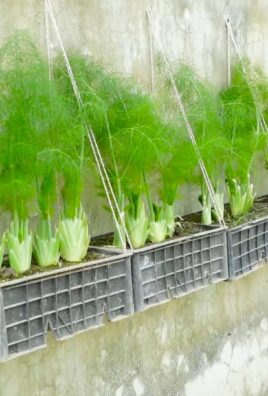
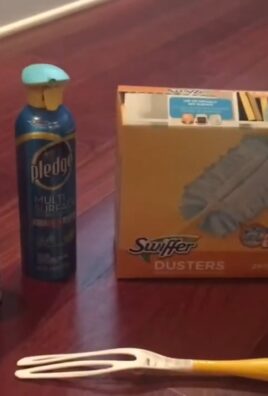
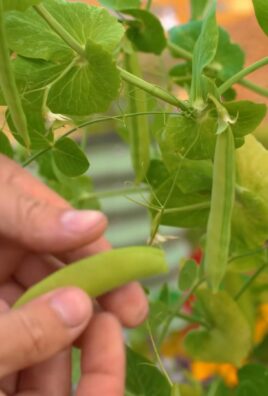
Leave a Comment